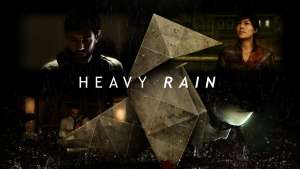The Evolution of VR Gaming: From Niche to Mainstream
Virtual Reality—what once felt like science fiction—has now become a compelling, tangible frontier in modern gaming. The idea of stepping into a digital world, interacting with virtual environments in real-time, and immersing oneself completely in a game has captivated players and developers alike. But VR’s journey hasn't always been so immersive or so welcoming. From its experimental roots in research labs to its bumpy commercial launches and eventual triumphs, VR gaming has undergone a transformation shaped by decades of experimentation, failure, and innovation.
This article traces the evolution of VR gaming—from its earliest prototypes to its current position as a powerful gaming medium that continues to influence both the hardware and the art of game design itself. What was once a fringe concept reserved for tech enthusiasts and futurists is now making its way into living rooms, classrooms, and competitive arenas worldwide.























